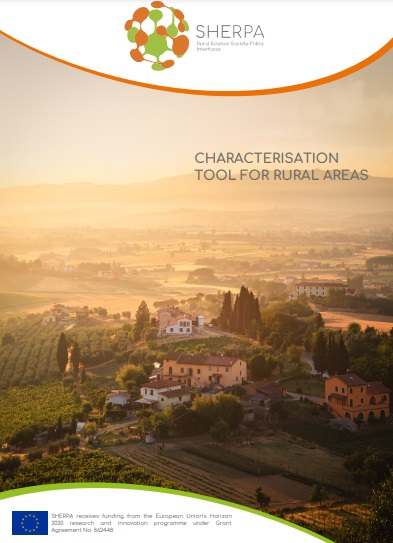Characterisation tool for rural areas
The tool helps you examine the characteristics of rural areas across Europe. It consists of an Excel file providing information on a set of indicators related to different key topics, such as climate, infrastructure, and demography. These indicators are based on data obtained from European databases, notably from Eurostat and the Joint Research Centre. The information covers all EU NUTS (Nomenclature of Territorial Units for Statistics) regions and levels, and is presented in the form of a ranking system with four scores (very high, high, medium, and low).
Find out more on how to use the tool by consulting our manual.
Why was the tool created?
This tool was initially designed to examine rural areas covered by the SHERPA Multi-Actor Platforms. However, the tool can also be useful to researchers, local actors, and policy-makers to deepen their understanding of rural territories and their characteristics across all European regions.
How does it work?
The tool gathers data from different European databases and sources (i.e. Eurostat, Joint Research Council) and provides an immediate assessment of the selected territories by scoring their characteristics in terms of specific indicators. The information covers all EU NUTS (Nomenclature of Territorial Units for Statistics) regions and levels, and it is presented in the form of a ranking system with four scores (very high, high, medium, and low).
What are the indicators included in the tool?
Indicators included in the tool are demographic trends, climate change and environmental services, shift in production, infrastructures and services, digitalisation, inequalities and wellbeing, land use.
How does the tool look like and how can it be used?
The tool consists of an excel file with a set of indicators related to different key topics and a manual that helps you to use it! This tool can be a resource for several purposes, such as: to cluster territories with similar characteristics, to compare areas with different features, to identify challenges at local level, to support brainstorming or definition of strategies for private businesses, local administrations, NGOs and other actors.
